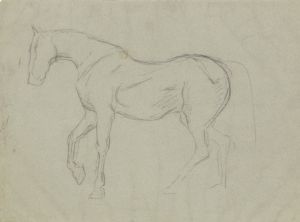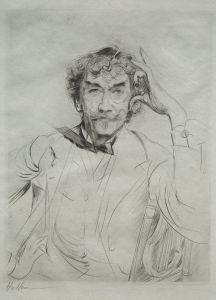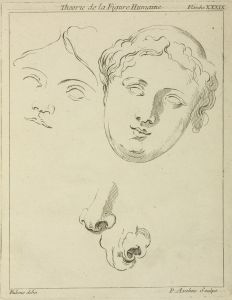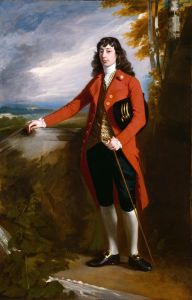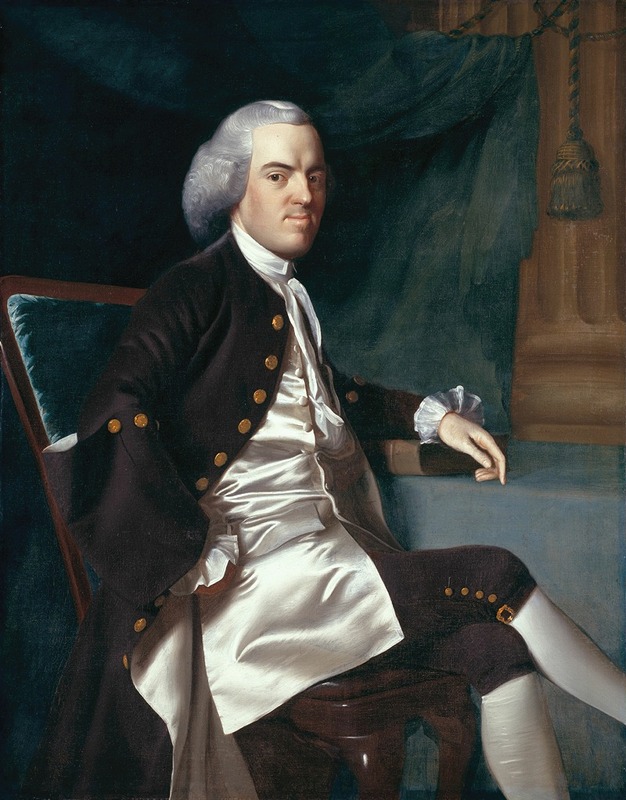
Daniel Hubbard
A hand-painted replica of John Singleton Copley’s masterpiece Daniel Hubbard, meticulously crafted by professional artists to capture the true essence of the original. Each piece is created with museum-quality canvas and rare mineral pigments, carefully painted by experienced artists with delicate brushstrokes and rich, layered colors to perfectly recreate the texture of the original artwork. Unlike machine-printed reproductions, this hand-painted version brings the painting to life, infused with the artist’s emotions and skill in every stroke. Whether for personal collection or home decoration, it instantly elevates the artistic atmosphere of any space.
"Daniel Hubbard" is a portrait painting by the renowned American artist John Singleton Copley, who is considered one of the foremost painters in colonial America. Copley was known for his skillful and realistic depictions of his subjects, often capturing the intricate details of their clothing and surroundings, which provided a glimpse into the lives of the colonial elite.
John Singleton Copley was born in Boston in 1738 and became a prominent figure in American art during the 18th century. He was largely self-taught but quickly gained a reputation for his ability to create lifelike portraits. Copley's work is characterized by its attention to detail, vibrant colors, and the ability to convey the personality and status of his sitters.
The portrait of Daniel Hubbard is one of Copley's many works that exemplifies his mastery in portraiture. Daniel Hubbard was a member of a prominent family in colonial America, and commissioning a portrait from Copley was a testament to the family's social standing and wealth. The painting captures Hubbard in a dignified pose, dressed in the fashion of the time, which Copley rendered with meticulous attention to the textures and patterns of the fabric.
Copley's portraits often included symbolic elements that reflected the sitter's identity or achievements. While specific details about the symbolism in the "Daniel Hubbard" portrait are not extensively documented, Copley's works typically incorporated objects or settings that conveyed the subject's social status, profession, or personal interests.
The painting is an example of Copley's early American period before he moved to England in 1774. In England, Copley continued to develop his style and achieved significant success, but his American portraits remain some of his most celebrated works. These portraits provide valuable insights into the cultural and social history of colonial America.
Copley's technique involved the use of rich, vibrant colors and a smooth, polished finish, which he achieved through careful layering of paint. His ability to capture the likeness and character of his subjects made him a sought-after portraitist among the American colonial elite.
The "Daniel Hubbard" portrait, like many of Copley's works, is housed in a museum collection, where it continues to be studied and appreciated for its artistic and historical significance. Copley's portraits are considered important cultural artifacts that offer a window into the lives and times of their subjects.
Overall, John Singleton Copley's "Daniel Hubbard" is a testament to the artist's skill and his ability to capture the essence of his sitters, making it a valuable piece of American art history.





